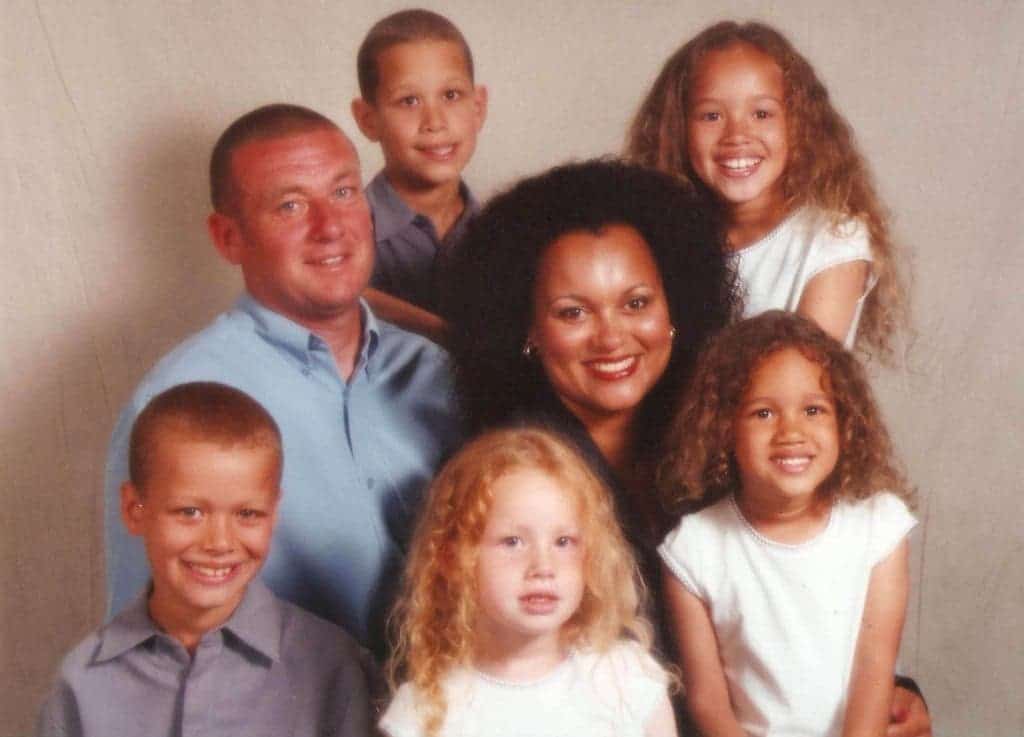If you’d happen to see these two British twins, you’d likely believe they’re good friends – or cousins at most. But Lucy and Maria are actually twins – despite the obvious differences.

Birracial twins
Born in 1997 to a white father and a half-Jamaican mother, they’re always asked to provide birth certificates when they say they’re related.
“No one ever believes we are twins because I am white and Maria is black,” Lucy explained. “Even when we dress alike, we still don’t even look like sisters, let alone twins.”
Even their mother, after giving birth, had a hard time believing what she was seeing.
“It was such a shock for her because obviously things like skin color don’t show up on scans before birth,” Lucy said. “So she had no idea that we were so different. When the midwife handed us both to her, she was just speechless.”

Photo: Worldwide Features/Barcroft Media
Even their personalities are in contrast – while red-haired Lucy studies art and design at Gloucester College, Maria, with her curly black hair and caramel skin studies law and psychology at Cheltenham College.
“We were in the same class at infant school, but no one ever had a problem telling us apart,” she explained. “Most twins look like two peas in a pod — but Maria and I couldn’t look more different if we tried. We don’t even look like we have the same parents, let alone having been born at the same time.”
So what makes them so incredibly different?
Types of twins
The term ‘twin’ refers to two offspring produced by the same pregnancy. Twins can either be monozygotic (“identical”), meaning that they can develop from just one zygote that will then split and form two embryos, or dizygotic (“fraternal”), meaning that they can develop from two different eggs, each are fertilized by separate sperm cells.
Needless to say, Lucy and Maria are not identical twins – they are dizygotic twins. This usually happens when two fertilized eggs are implanted in the uterus wall at the same time. When two eggs are independently fertilized by two different sperm cells, fraternal twins result. They are so different because the eggs from which they come from were fertilized by two different sperm cells. They are basically like any other brothers or sisters.
Studies show that there is a genetic basis for dizygotic twinning. However, it is only the mother who has any effect on the chances of having such twins; there is no known mechanism for a father to cause the release of more than one ovum. It’s interesting to note that in some areas of the world (such as some African countries) or in some ages (typically in older women) dizygotic twins are significantly more common.




